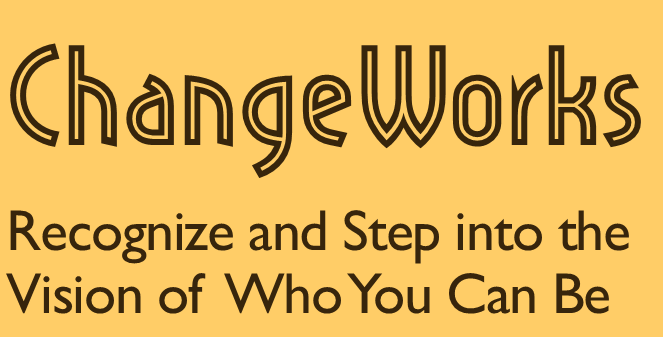Frequently Asked Questions
CLEAR® combines a number of energy psychology methods (acupressure point therapy, bilateral stimulation, Somatic Experiencing and muscle testing) and is simple and effective. CLEAR helps us to recognize and release limiting beliefs, difficult emotions and ineffective patterns. CLEAR alleviates stress and anxiety; it eliminates Post Traumatic Stress Disorder (PTSD), reduces negative emotions, and it reduces obsessive thinking. Learn More About CLEAR
1. Why is this coming up for me now? Sometimes we have sailed through our lives without problems and suddenly we are faced with depression, illness, or other symptoms that didn’t previously exist. Why is this? Pretend your body is a bucket that gets more and more full of stress and negative issues as we age. When it gets too full (of anything causing stress), it responds with symptoms. These symptoms are an indication that something is wrong and we need to listen. And if we don’t listen, the symptoms will worsen. Symptoms of trauma often manifest later in life in ways that make it difficult for us to ignore.
2. How often and how long will I need to come for sessions? The answer to this question varies depending on the degree of disturbance, the complexity of issues surrounding it and the individual client. Each session is usually two hours. The norm is one to ten sessions, and most clients notice changes after the first visit. Some clients return over time as they become aware of blocks. Some clients come every week or two for a few weeks initially and then once a month until they feel better. A few clients feel better and their “problem” is solved in one session, though more frequently, it takes a few sessions. Some use CLEAR whenever they feel overly emotional about something or when they sense being blocked in any way. Personally, I use CLEAR as a practice to be with the discomfort of what is.
3. What will I feel as a result of the session? Often people report that they feel lighter. Some say they don’t feel differently though the issue they cleared no longer troubles them and their behaviors have shifted. Some feel so much better, it amazes them. Others just report that they are more present and content in their lives. Again, this varies from client to client.
4. Can CLEAR be used on children? Yes, Children are very good subjects for CLEAR. Typically, they are less judgmental about the process, and have fewer blocking beliefs and traumas impacting their clearing. Trauma becomes more complex as we age both because we re-traumatize ourselves just by thinking about past issues, and because new traumas occur that relate to old problems, creating a complex web. Thus, sessions with children are usually shorter and less complicated than are sessions with adults.
5. Can I do CLEAR on myself? Yes. There is a one-day workshop two times a year where participants learn how to use CLEAR on themselves. Even after learning the techniques, you may still want to come for a session or do one with a friend because it can be difficult to hear your issues and see the bigger picture while feeling through issues as you work. Working with another also provides safety when dealing with difficult issues.
6. How do I know if it works (It feels like I just changed the old pattern myself)? You clear the limiting beliefs that have kept you stuck in the past and then you are able to change your behavior. So you are creating the change. The beliefs that kept you stuck in the past are not there any longer so that you are free to be the way you want to be.
7. Why should I go to see a practitioner if I can do CLEAR on myself? Sometimes there is anxiety and/or fear and pain associated with an issue, and it is helpful and even necessary to have the support of someone to face it and deal with it. Other times, one is not aware of and cannot see the blocking beliefs involved in clearing an issue (sort of like when you are a fish, you aren’t aware of the water you live in). Clearing the issue is difficult if one is not clearing the blocking beliefs associated with it. Examples of this: I may believe fear keeps me vigilant to the dangers around me, so if I clear the issue I may clear the fear that keeps me safe, so I don’t want to clear the issue. Or I may not see that at the core of feeling blocked is an issue of unworthiness or not being enough, or a fear of what others will expect if I am successful.

